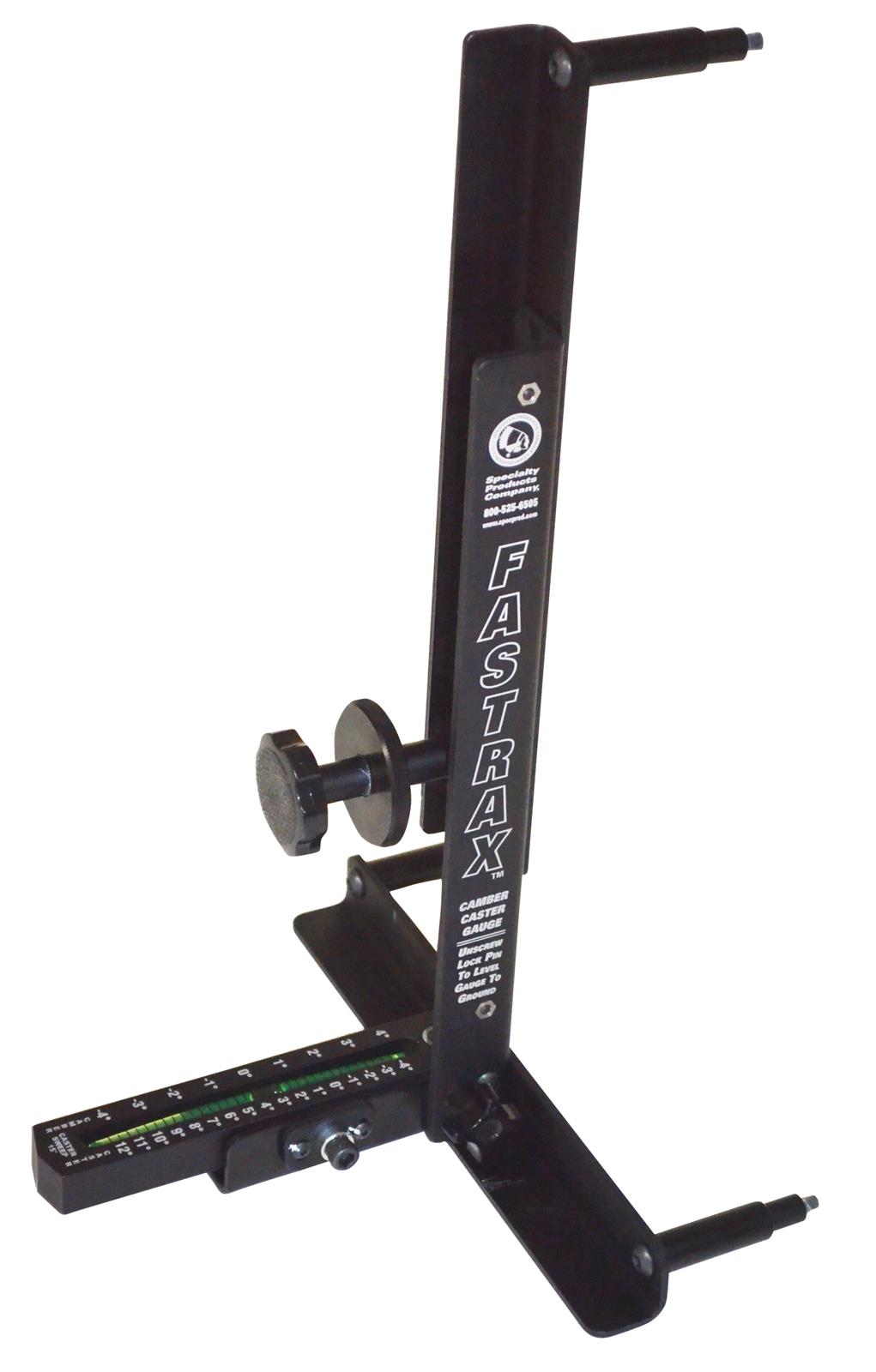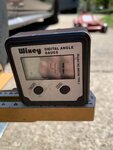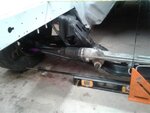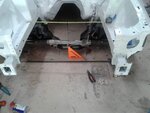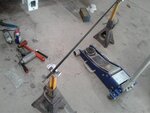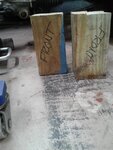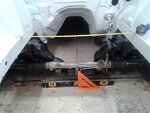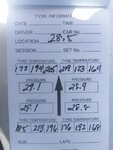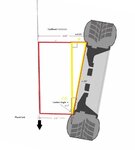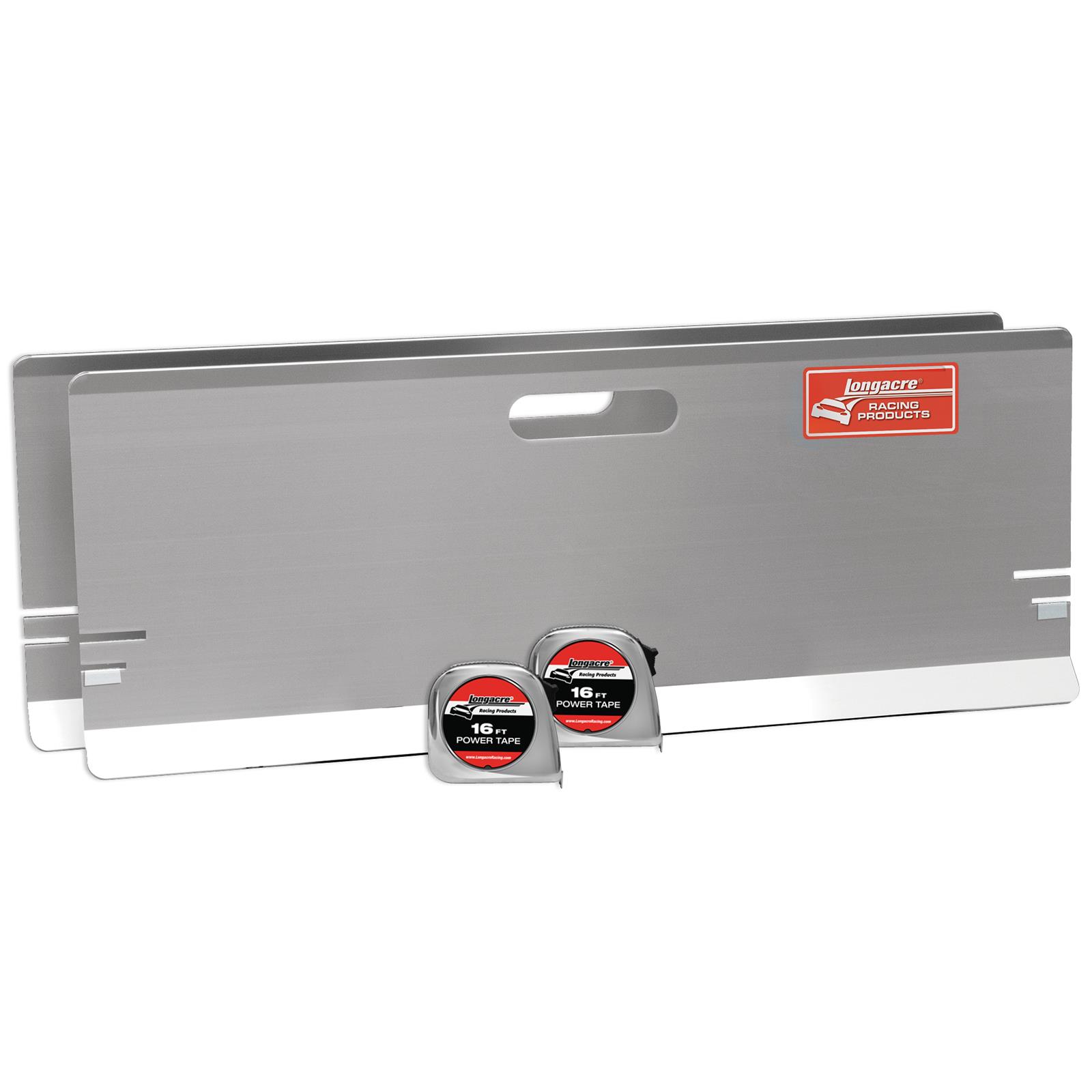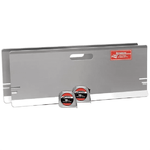Right now I have camber bolts and am limited to camber adjustments at a shop.
What is the best way to do camber adjustments at home/trackside that are accurate?
Are caster/camber plates enough?
If I get caster/camber plates should I restore the camber bolts to factory bolts?
What do you all use to determine the degrees of camber when you do adjustments?
What is the best way to do camber adjustments at home/trackside that are accurate?
Are caster/camber plates enough?
If I get caster/camber plates should I restore the camber bolts to factory bolts?
What do you all use to determine the degrees of camber when you do adjustments?
